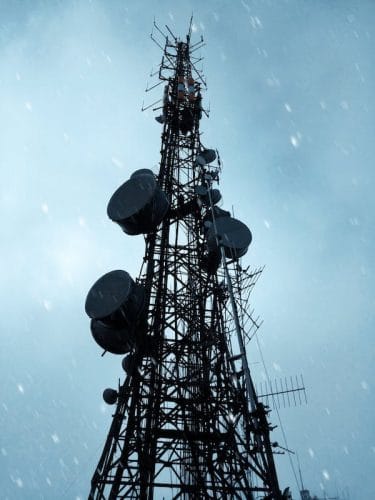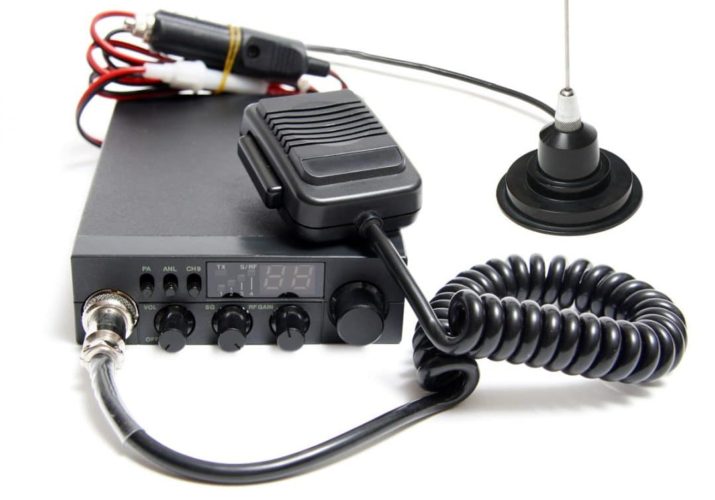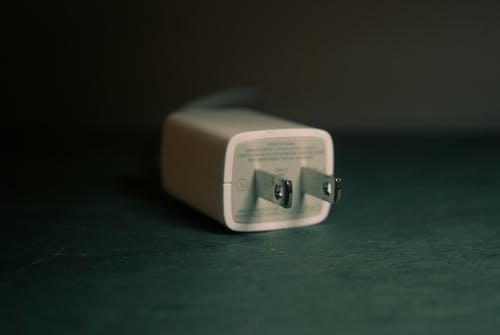There are multiple reasons as to why you may want to invest in a two-way radio repeater setup. Some people, for instance, may want to just boost the range of incoming transmissions. Some may want to send incoming transmissions out on a different frequency. Others just want to look a bit cooler because they have a snazzy radio set-up. Lets dive into it.
The problem is that many of the repeaters that you see on the market now are quite expensive. This is, in part, down to the fact that the two-way radio market isn’t quite what it used to be. Most people do not want to buy repeaters. Of course, at the same time, repeaters are becoming more sophisticated so they command a higher price anyway.
On this page, we are going to look at one of the more affordable set-ups on the market. This is the Surecom SR-628.
Why Do I Need a Two Way Radio Repeater?
Say you have 2 sets of radios, one UHF and one VHF. Wouldn’t it be nice to be able to combine both pairs, combining their range to cover some serious distance? This this repeater you can.
The setup at a high level would look something like this:
- RADIO1 from SET1 > RADIO2 from SET 1 == REPEATER SETUP == RADIO1 from SET2 > RADIO2 from SET 2.
You can also use 2 radios from a larger set that are the same band, ie. UHF, and use a repeater to expand the range of the system. Hopefully this is clear. Whatever radios you attach to the repeater will be bridged together, allowing the radio system from RADIO1/SET1 to communicate with the system now on RADIO1/SET2.
To further muddy the waters, you could reuse radios all from the same set if all you’re after is increased transmission range. If all you need to do is extend the distance for transmission and reception on a single radio, they do make two way radio signal booster or amplifier which is a simpler setup.
A Radio Repeater Finally Made Simple
With the SR-628, you plug in the radios. You won’t need to memorize the two-way radio frequency table. Just set them to whichever channels (which typically map to frequencies behind the scenes) you want to communicate on. It will work as long as the radios used, matches one of the supported configurations:
- VHF to VHF
- UHF to UHF
- VHF to UHF
- UHF to VHF
If one radio receives a signal, that signal is put out again on radio 2. The same happens in reverse. Hence the name ‘repeater’. It is just repeating the signal that is coming into it.
There are not really any controls on the repeater. As long as it is powered and the radios are plugged in, then everything should work fine. All the controlling is done through your radios i.e. making sure that the frequencies are set properly. Even if you’re using one of the best two way radios, it must be DTMF capable to control the repeater functionality remotely.
One thing we learned the hard way, is that your radio attached to the repeater must be VOX capable and set to VOX mode, which allows the radio to transmit simply by hearing noise. Pressing the typical transmit/PTT button won’t be an option for the radios attached to the repeater when nobody is around.
We have seen a few complaints with people being unable to set their radio repeater up properly. We can only assume these reviews are coming from people who didn’t read the included instruction manual because they tell you everything that needs to be done here. It can be a bit fiddly at the start if you do not know how to use a repeater but, honestly, for the most part, it is nothing more than hooking up a couple of cables into the right holes. You will get it right eventually, even if you are not the most technologically minded person.
Build Quality
To be honest, there is not a whole lot going on inside this repeater. It is just a few circuit boards and a battery. When there is not a whole lot going on, it means that there is not a whole lot that can go wrong with it either. In fact, the only thing that we can see happening to this would be broken connectors on your cables. However, since cables can be replaced rather easily (and cheaply), we do not see this as much of an issue. Plus, the same would happen with a more expensive repeater anyway, so you can’t really blame the SR-628 for that.
We do not think the repeater will be prone to breaking easily. You may have a few problems with the battery later on down the line, but since the radio repeater can be attached to a corded power supply. So depending on how you use it, it’s likely not a major issue.

Audio Quality
For the most part, the audio quality is good. Some people have noticed a little bit of audio interference when the battery is being charged. This is to be expected. Electrical signals do influence radio frequencies, after all. However, if you have the radio unplugged and running on battery, the audio signal is perfect. You will also find that if you charge the radio using USB 5V as opposed to a 12V set-up, the interference is minimal.
Battery Life
The battery life on this repeater is great. If you have it turned on all the time, we reckon you could still get 5 days use out of it. Although, do bear in mind, the more incoming transmissions the radio repeater has, the quicker the battery is going to drain. However, the long battery life (even if you only get 2-3 days) means that it is ideal for taking out in the field when you need a decent radio repeater set-up in place.
Affordable
This is actually one of the main reasons as to why we are willing to recommend the Surecom SR-628. We know that the vast majority of people either do not realize they need a repeater set-up, or they do not want anything crazy. With the increasing range of radios nowadays, repeaters are not as necessary as they were before. Nowadays, it is really just for changing the frequency of incoming signals.
This is the cheapest two-way radio repeater on the market right now. Even just the next step up is considerable more money. Unless there’s a feature missing that you absolutely need, this is where we recommend you start.
Conclusion
We realize this unit isn’t the best repeater in the world. However, you are not going to be spending several hundred dollars on it. The Surecom SR-628 has been designed to do a simple job, but it does it incredibly well. Even if you are not using a repeater every single day, we genuinely think that the Surecom SR-628 is affordable enough to become an accessory that you can add into your two-way radio repeater kit.




